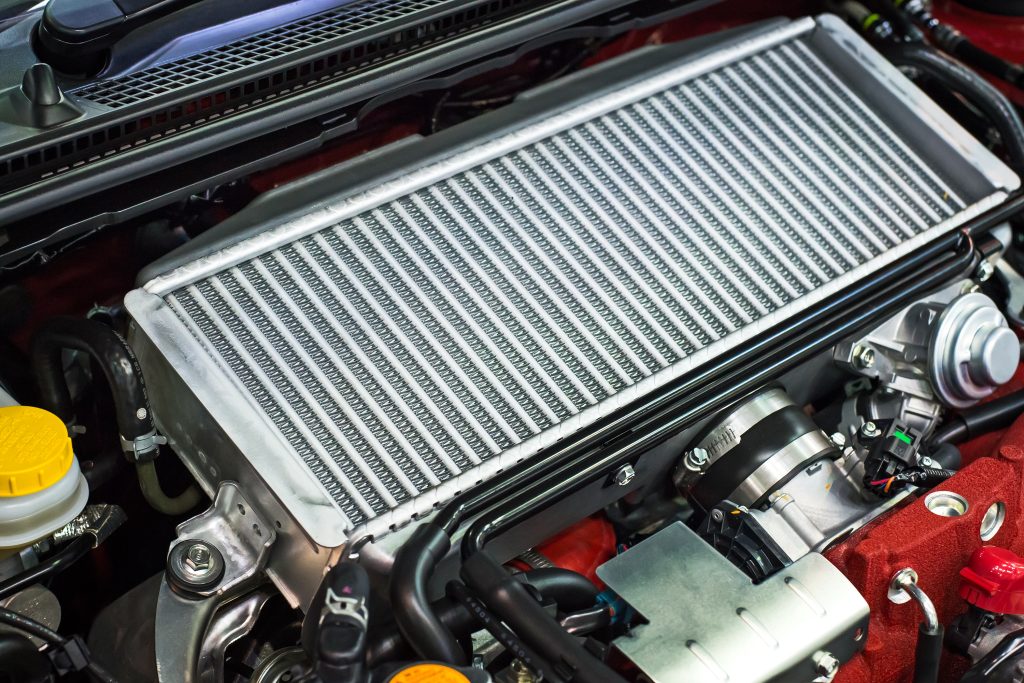One of the most expensive repair jobs a driver can face is an engine destroyed by overheating. The cooling system’s radiator is designed to keep that problem from ever happening, but if your radiator runs into trouble, the engine will soon follow. Along with regular maintenance, it’s important to identify radiator issues early on and fix them quickly. So if you notice the following three common signs of trouble, visit your local Kia dealer right away for radiator repair.

Rising Engine Temperature
When the radiator stops controlling the coolant’s temperature, the heat inside your engine will rapidly rise. Your first warning of this will usually be the temperature gauge on your instrument panel shooting up into the red.
A Kia’s engine should ordinarily run between 195 and 220 degrees. If it rises above 220 degrees, parts inside the engine will rapidly start to break down; you might notice ticking sounds, a loss of engine power, and steam rising from under your hood. A car with an overheating engine can only go for a quarter of a mile before risking catastrophic damage, so never drive for long if you suspect overheating because of a failed radiator.
Leaking Coolant
If the coolant flowing through your radiator and engine leaks, the entire cooling system can no longer function properly, and your engine will rapidly overheat. So if you notice the temperature rising, check below your car for puddles of brightly colored, sweet-smelling fluid.
You can also check under your hood for signs of a leak. The coolant reservoir will be lower than expected, and you might notice patches of discoloration on various engine parts where the coolant has dripped or spurted and then boiled away. Leaks can sometimes stem from radiator caps or hose connections.
Corroding or Rusting Radiator
Over time, radiators can start to rust. This is more likely in particularly humid or cold climates, or when your car is left to rest without being used for prolonged periods. When you visually check your radiator, check the caps and fins for signs of corrosion or rust.
Radiators can also sometimes rust internally if aging coolant loses its rust-prevention qualities. In this case, the coolant inside the transparent reservoir will begin to turn rusty brown in hue. A technician at your local dealership may be able to use special products and processes to destroy external and internal rust. But if the rust is extensive, you might need a new radiator.
How Your Kia Dealer Can Inspect Your Radiator
A technician will first check your coolant and flush it if necessary. They’ll then remove the radiator cap and check for excessive debris, and also examine the fins for any external clogging. To test the proper functioning of your radiator, they’ll also run a series of pressure checks on the fan, cap, thermostat, pump, and other essential parts.
Have your radiator inspected, repaired, or replaced today at Geweke Kia. We’ve been providing the drivers of Yuba-Sutter and Lodi for 25 years with great vehicles and great customer service.




 Warranties include 10-year/100,000-mile powertrain and 5-year/60,000-mile basic. All warranties and roadside assistance are limited. See retailer for warranty details.
Warranties include 10-year/100,000-mile powertrain and 5-year/60,000-mile basic. All warranties and roadside assistance are limited. See retailer for warranty details.